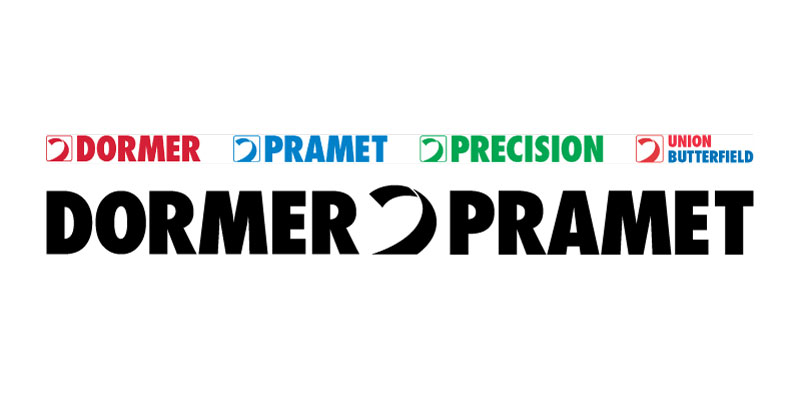Dormer Pramet says the Pramet Force AD milling cutter is revolutionizing end user productivity with its versatility. This universal shoulder milling cutter features a differential pitch to reduce vibration and system noise. Combine solid performance with the cutter’s application with multiple materials and in harsh environmental conditions and users have the ideal universal shoulder milling product to fit their needs.
The body of the milling cutter is constructed of a new material specifically suited to machine a pocket for the insert after head treatment. The result in application is closer tolerances for higher accuracy. Designed to be corrosion resistant, the tool also provides increased strength at higher temperatures.
Other features of the Force AD resulting in increased productivity include:
High positive 27° geometry to reduce cutting forces
FA geometry specific to ISO “N” materials to reduce material sticking
Special surface finish for increased corrosion resistance, reduced wear and lower friction resistance
Polished inserts for high feed and differential pitch
Contact Details
Related Glossary Terms
- corrosion resistance
corrosion resistance
Ability of an alloy or material to withstand rust and corrosion. These are properties fostered by nickel and chromium in alloys such as stainless steel.
- feed
feed
Rate of change of position of the tool as a whole, relative to the workpiece while cutting.
- gang cutting ( milling)
gang cutting ( milling)
Machining with several cutters mounted on a single arbor, generally for simultaneous cutting.
- milling
milling
Machining operation in which metal or other material is removed by applying power to a rotating cutter. In vertical milling, the cutting tool is mounted vertically on the spindle. In horizontal milling, the cutting tool is mounted horizontally, either directly on the spindle or on an arbor. Horizontal milling is further broken down into conventional milling, where the cutter rotates opposite the direction of feed, or “up” into the workpiece; and climb milling, where the cutter rotates in the direction of feed, or “down” into the workpiece. Milling operations include plane or surface milling, endmilling, facemilling, angle milling, form milling and profiling.
- milling cutter
milling cutter
Loosely, any milling tool. Horizontal cutters take the form of plain milling cutters, plain spiral-tooth cutters, helical cutters, side-milling cutters, staggered-tooth side-milling cutters, facemilling cutters, angular cutters, double-angle cutters, convex and concave form-milling cutters, straddle-sprocket cutters, spur-gear cutters, corner-rounding cutters and slitting saws. Vertical cutters use shank-mounted cutting tools, including endmills, T-slot cutters, Woodruff keyseat cutters and dovetail cutters; these may also be used on horizontal mills. See milling.
- pitch
pitch
1. On a saw blade, the number of teeth per inch. 2. In threading, the number of threads per inch.

